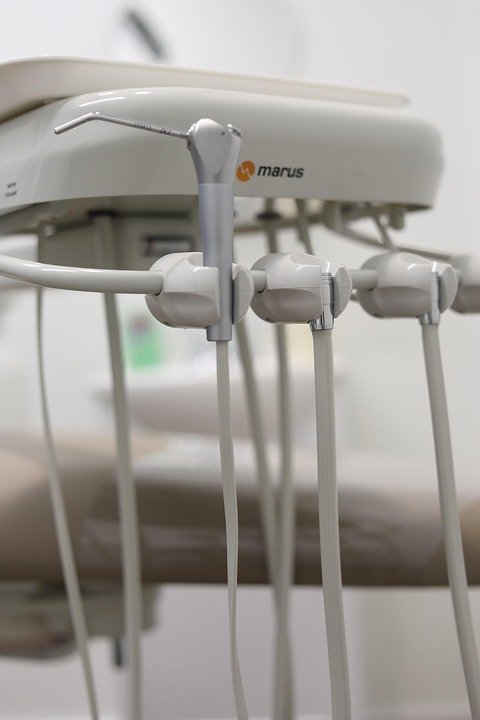Is digital smile design painful
Okay, so I’m seriously considering getting digital smile design. I’ve seen some amazing before and after photos, and I really want to improve my smile. My main concern is pain, though. I have a pretty low pain tolerance, and the idea of extensive dental work makes me nervous.
I understand that digital smile design is a planning process, using software to visualize what my smile could look like. But then, after the planning, there are usually actual procedures involved, right? Veneers, crowns, maybe even gum contouring?
So, my question is, how painful is the overall process, including the actual dental work that comes after the initial design phase? What procedures are typically involved, and what kind of pain can I expect from each? Is there a lot of drilling? Needles? How long does the pain usually last? Are there ways to minimize discomfort during and after? I’m particularly worried about sensitivity afterwards, too.
Basically, I want to know the nitty-gritty details from people who’ve actually had digital smile design. The marketing materials all focus on the beautiful results, but I need to know the real, honest truth about the pain factor.
Answer
Digital Smile Design (DSD) is not a painful procedure in itself. It’s a planning and visualization process used in cosmetic dentistry. DSD involves taking photographs and videos of the patient’s face and teeth, as well as potentially taking digital scans of the teeth. This information is then used to create a virtual model of the patient’s mouth and design a new smile.
Here’s a detailed breakdown of why DSD is not painful:
-
Non-Invasive Process: The core of DSD focuses on analyzing and designing. It doesn’t involve any cutting, drilling, or injections directly into the mouth. Data collection involves:
- Photography and Videography: These are completely painless. The dentist takes pictures and videos of your face, smile, and teeth from various angles.
- Digital Scans or Impressions: Some clinics use intraoral scanners to create a 3D model of your teeth. These scanners are generally comfortable, though some patients might experience a slight gag reflex. Traditional impressions using putty can also cause a gag reflex in some individuals but are not painful.
- Facial Analysis: Measuring facial landmarks and proportions, which involves either visual assessment or the use of tools that touch the face without causing pain.
-
Planning Stage: The digital design phase is entirely computer-based and does not involve any physical procedures on the patient. The dentist uses software to manipulate the images and create a proposed smile design.
-
No Anesthesia Required: Because DSD is a planning process, there is no need for local anesthesia or any other form of pain management.
- Subsequent Procedures: While DSD itself isn’t painful, the actual dental treatments that may follow the DSD process (such as veneers, crowns, orthodontics, or gum contouring) can involve some discomfort. However, these procedures are separate from DSD and are often performed with local anesthesia to minimize pain. The DSD serves as the blueprint for these subsequent procedures. By using DSD, dentists can perform the procedures much more precisely, which can minimize discomfort and trauma to the patient.
In summary, Digital Smile Design is a painless, non-invasive planning process. Any discomfort experienced would be related to the actual dental treatments performed after the DSD is completed, and these treatments are typically managed with appropriate pain control measures.

Post Comment